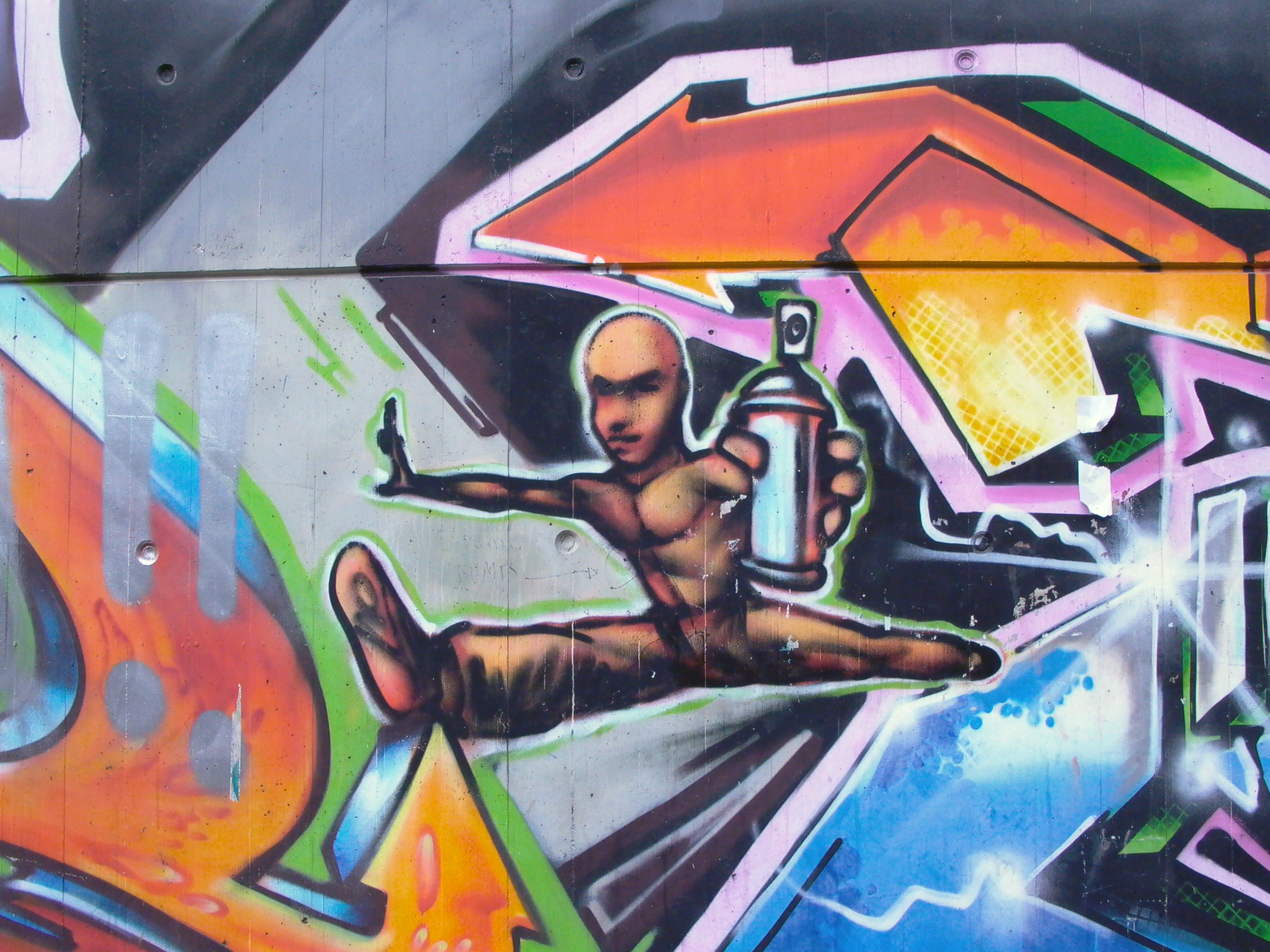Judgement suspended in case of 77-year-old graffiti artist

Art or vandalism? Veteran Swiss street artist Harald Naegeli – the “sprayer of Zurich” – was up before a district court today to debate the issue. Judges tasked Naegeli and the prosecuting local authorities to settle out of court.
Ask most street graffitists how they see their societal role and the answer will likely be self-evident; they call themselves graffiti “artists” for a reason.
Local and cantonal authorities in Zurich don’t see it that way. And on Wednesday in a district court they were taking the case to 77-year-old Naegeli, who they claimed had caused almost CHF10,000 ($10,253) of damage to city property, with 25 graffities sprayed in 2012 and 2013.
The cultural debate about artistic value doesn’t even enter into question; the defendant simply has no respect for the property of others, said the prosecuting counsel.
Moreover, emails seized from the defendant’s computer showed that he was not contrite about the graffiti; “I’m working on my legacy in Zurich,” Naegeli wrote to an acquaintance. “I’m once again doing my rounds in the streets; the cleaning services also.”
Theatre
In his defence, Naegeli delivered what the Swiss News Agency described as a “theatrical” performance. Facing the judges, he cried out “I accuse! I accuse you of eliminating, destroying, making invisible, unusable, and qualifying as criminal, works of art – no matter who they are done by – instead of protecting and conserving them as culture would want.”
The defence also called into question the price tags quoted by local authorities for the clean-up: between CHF300 and CHF400 for individual graffito works.

In conclusion, the judge ordered that Naegeli and the local authorities get together and negotiate a settlement outside court. Should the local authorities then agree to drop charges, no judgement will be made.
This is not the first time Naegeli has had his brush with the law. As an early proponent of street art, he acquired the “sprayer of Zurich” moniker in the late 1970s when he began anonymously painting wire-frame figures on buildings in the city.
Some 1,000 works later, in 1979, he was arrested on charges of defacing public property, which he countered by describing himself as a political activist.
He initially fled to Germany, where he was sentenced to prison in absentia; but in 1984 he returned and handed himself in to spend nine months in jail.
swissinfo.ch and agencies/dos

In compliance with the JTI standards
More: SWI swissinfo.ch certified by the Journalism Trust Initiative












You can find an overview of ongoing debates with our journalists here . Please join us!
If you want to start a conversation about a topic raised in this article or want to report factual errors, email us at english@swissinfo.ch.